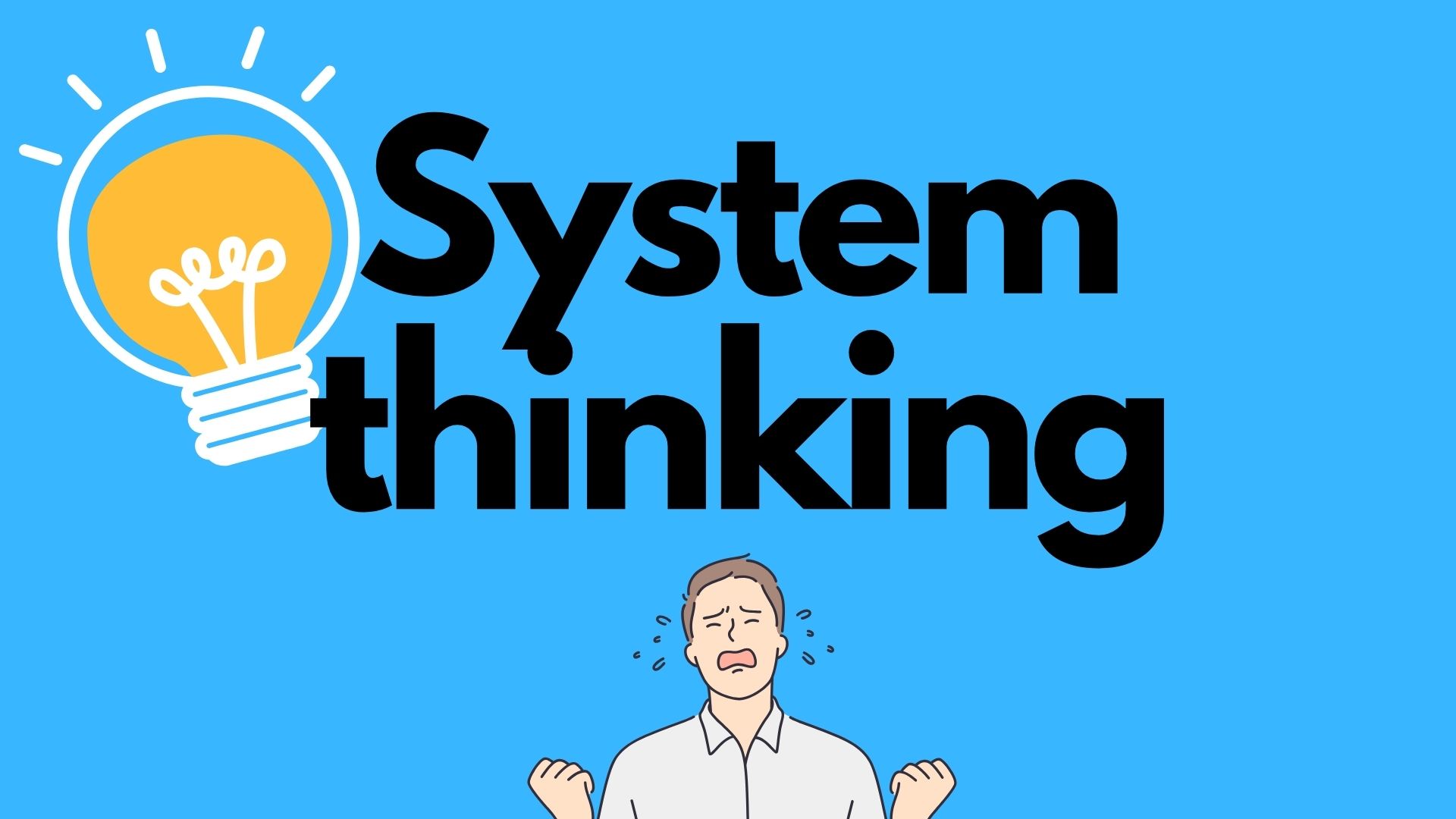

In our intricately connected world, tackling problems in isolation is no longer effective. Systems thinking emerges as a beacon of hope, offering a lens to view problems and solutions in their entirety. This article embarks on a journey to uncover the essence of systems thinking in problem-solving, highlighting its importance in today’s complex world and in system engineering. 🚀
What is Systems Thinking? 🤔
At its core, systems thinking is an analytical approach that views problems as components of a broader, interconnected system rather than in isolation. It’s a paradigm shift towards understanding the dynamics within systems and how they contribute to the issue at hand.
The Pillars of Systems Thinking
1. Interconnectedness
Every part of a system is linked, directly or indirectly, affecting the system’s overall functioning and outcomes. 🌟
2. Holism
A system’s total impact is greater than the simple sum of its parts. This principle encourages looking beyond individual elements to the collective operation. 📈
3. Feedback Loops
Systems thinking pays special attention to feedback loops as they regulate system behavior, promoting or inhibiting changes within the system. 🔁
Applying Systems Thinking to Problem Solving 🛠️
Incorporating systems thinking into problem-solving transforms traditional approaches by advocating for a more inclusive, comprehensive strategy. This method emphasizes understanding all contributing factors and their interrelations.
Steps in a Systems Thinking Approach
- Define the System: Clearly outline the problem scope and its environmental context.
- Identify the Interconnections: Map out the interactions among system components.
- Analyze Patterns: Detect consistent patterns or behaviors within the system.
- Develop Strategies: Craft solutions targeting the underlying causes, not merely the visible symptoms.
The Power of Systems Thinking in Problem Solving 💪
- Enhanced Understanding: Delve deeper into problem complexities for a more nuanced comprehension.
- Innovative Solutions: Encourage creative, out-of-the-box solutions addressing various problem facets.
- Sustainable Impact: Aim for solutions with lasting effectiveness, preventing issue recurrence.
Real-World Applications of Systems Thinking 🌍
Exploring real-world scenarios where systems thinking has led to breakthrough solutions can illuminate its practical value. From environmental conservation efforts to tackling global health crises, systems thinking has paved the way for innovative, impactful solutions.
Navigating Challenges with Systems Thinking 🚧
While systems thinking offers numerous benefits, applying it can present challenges, such as resistance to change and the complexity of mapping intricate systems. However, these obstacles can be navigated with patience, persistence, and a willingness to learn.
Looking Ahead: The Future of Problem Solving with Systems Thinking 🔮
As we face increasingly complex challenges, the principles of systems thinking become more vital. By fostering a systems mindset, future generations can approach problem-solving with the agility and creativity needed to thrive.
Conclusion
Systems thinking empowers us to tackle problems with a comprehensive, nuanced perspective. By embracing this approach, we unlock the potential for innovative, sustainable solutions. Let’s cultivate a systems mindset and transform the way we address the challenges of our interconnected world. 🌟
In the evolving landscape of systems engineering, Model-Based Systems Engineering (MBSE) has emerged as a pivotal methodology, transforming traditional approaches to design, analysis, and validation. This article delves into the essence of MBSE, tracing its history, exploring its synergy with SysML, and highlighting its indispensable role in systems engineering processes. We will also examine the […]
Before we dive into the exciting world of system engineering, let’s lay down some groundwork by understanding what a system really is. What is a System? 🤔 INCOSE ( international council of system engineering ) define the system as follow : “A system is an integrated set of elements, subsystems, or assemblies that accomplish a […]
Understand INCOSE and ISO15288 In the realm of systems engineering, two significant entities have made substantial contributions to standardizing practices and methodologies: The International Council on Systems Engineering (INCOSE) and the ISO/IEC/IEEE 15288 standard. Both play pivotal roles in guiding professionals on how to effectively manage and execute systems engineering processes. This article delves into […]




